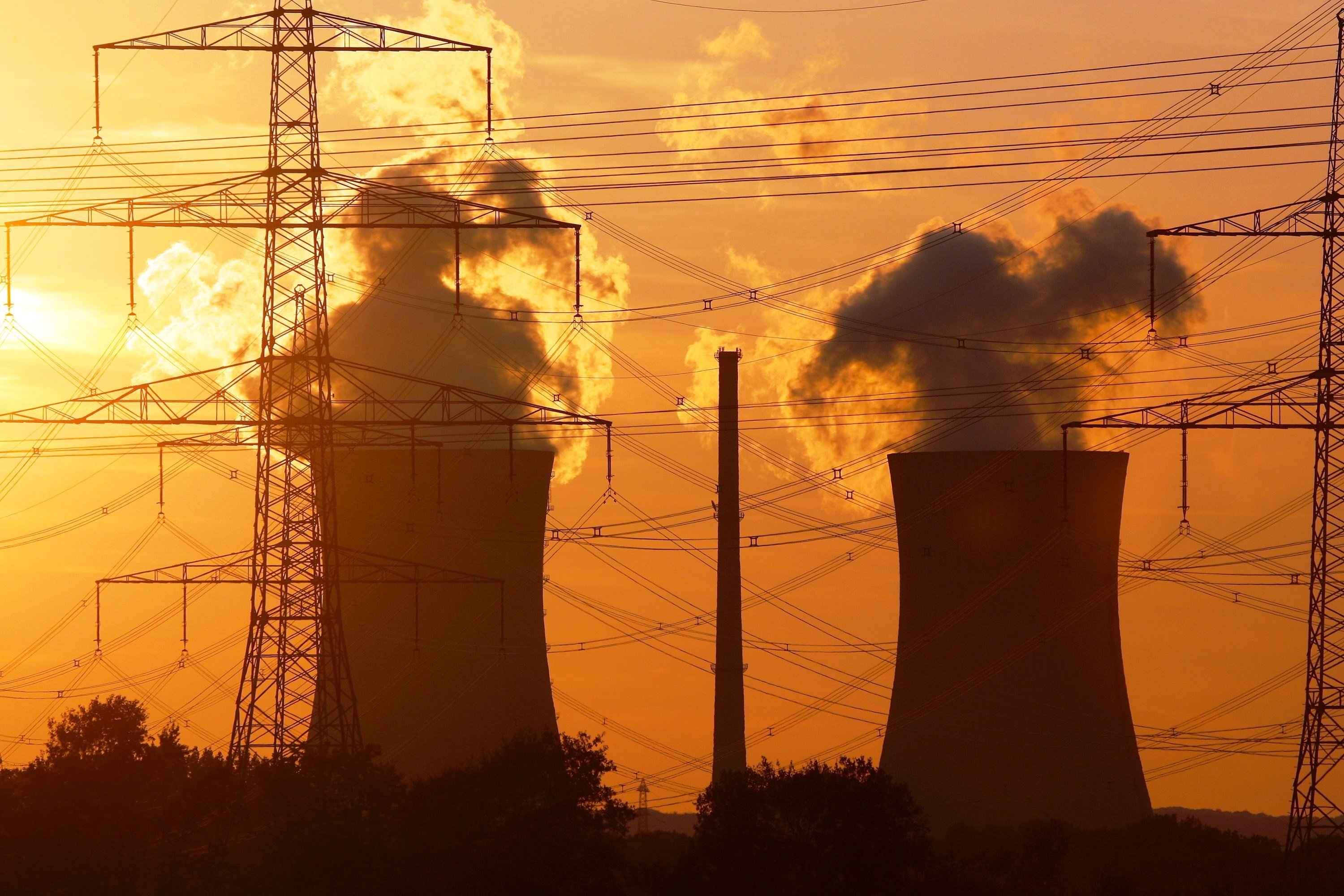
In view of the PAEC's public hearing scheduled for March, on the proposed nuclear sites near Karachi, the civil society is bracing itself to meet it fully prepared and question the power project's significance, benefits, hazards and possible alternatives.
"It is suspected that the K-2 and K-3 Chinese-manufactured nuclear power plants are being installed here on an experimental basis," said physicist Abdul Hameed Nayyar, speaking to a workshop on Sunday, organised by the Pakistan Institute of Labour Education and Research (Piler). "No such power plant is operating anywhere in the world."
He asserted that according to international standards, a 30-kilometer-radius around nuclear plants was vulnerable. The proposed nuclear sites were too close to Karachi and put the lives of millions of people at risk, he said.
Nayyar claimed that many regulations were being neglected in conducting the Environmental Impact Assessments (EIA). "PAEC wrongfully obtained certificates for the nuclear plants from the Sindh Environment Protection Agency (SEPA) without seeking public consent," he said. "The SEPA was bound by law to incorporate and consider public comments into the procedure before issuing such a certificate to any industry."
Another activist, Roland deSouza, added that in Pakistan, the institutions supposed to assess the environmental impact of growing industrialisation were very poor. "The SEPA is understaffed, incompetent and influenced by political and bureaucratic circles," he said, adding that the prosperity of a country depended on the conservation of its environment.
He narrated stories of the DHA Cogen project and constructions near the Abdullah Shah Ghazi's shrine, claiming that even in those cases, the proper course of action for assessment were not followed until the civil society took the matter to court.
On the PAEC's claim that radiations caused by the nuclear plants would not be harmful, he said, that no independent verification could be made as yet. Concluding his presentation, he questioned why we didn't import solar energy projects from China, since it was the largest producer of this less hazardous and modern source of energy.
The nine-hour-long programme at the Regent Plaza was divided into sessions to give attendees an understanding of nuclear power projects and the significance of the forthcoming formal public hearing.
The speakers focused on the issues of how the PAEC would transport radioactive material, what measures they would take in case of a mishap and how a reactor would be decommissioned after the completion of its life cycle.
On the other hand, the PAEC is confident that the project near KANNUP would be the safest and cheapest source of generating energy for the metropolis. But its impact on the environment is still unclear.
Published in The Express Tribune, February 2rd, 2015.
COMMENTS (6)
Comments are moderated and generally will be posted if they are on-topic and not abusive.
For more information, please see our Comments FAQ




1731916090-0/sabrina-(3)1731916090-0-165x106.webp)












The concerns revolve around the Karachi Nuclear Power Plants is based on myths than on facts; like very interestingly, “No such power plant is operating anywhere in the world.” However, ACP1000 is based on Pressurized Water Reactor (PWR) concept which has been work house of the nuclear industry from couple of decades. Notably, it is a continuation of the development of the PWR concept in China, of which many are operational and under construction. It has many safety targets of the new generation of reactors and to incorporate the lessons learnt from the Fukushima Accident.
Since 2000, Germany has heavily subsidized electricity production from solar panels—offering long-term contracts to producers to purchase electricity at prices substantially above wholesale rates. The resulting solar installations are expected to generate 400 twh electricity over the 20 years that the panels will receive the subsidy, at a total cost to German ratepayers of $130 billion, or 32 cents per kwh. In short, solar electricity in Germany will cost almost five times more for every kilowatt hour of electricity it provides than Finland's new nuclear plant.”
people of Pakistan must understand the need of time and appreciate the government’s step towards making its people to overcome energy shortfall. In the near future this shortfall will increase due to rising population of Pakistan and also unavailability of proper resources which can ful fill the need of people. For that purpose government’s decision of constructing nuclear power plants is wisely and also timely taken.
PAEC has an enviable record of operation nuclear power plants for more than four decades without radioactivity releases that could be in any way be harmful to the environment, the general public, or even plant personnel. This has been done through technical excellence, thorough training, meticulous compliance with national and international safety standards, and according the highest priority to safety.
Nuclear Energy is widely been used all over the globe very extensively in order to match up the pace of energy demand. Pakistan can become an independent country after generating nuclear energy for its usage.The fears and apprehensions regarding the new power plants proposed to be built near Karachi run on thin ground and need to be laid to rest.
Wrong assertions by these pseudo experts. Why would the upcoming Karachi Nuclear Power Plant (KANUPP) K2 and K3 bother the experts? Won’t 2200 MW of electricity power up millions of homes? These plants will be safe, reliable and cost effective in providing uninterrupted and inexpensive power to the energy-starved households and businesses in Karachi and elsewhere?